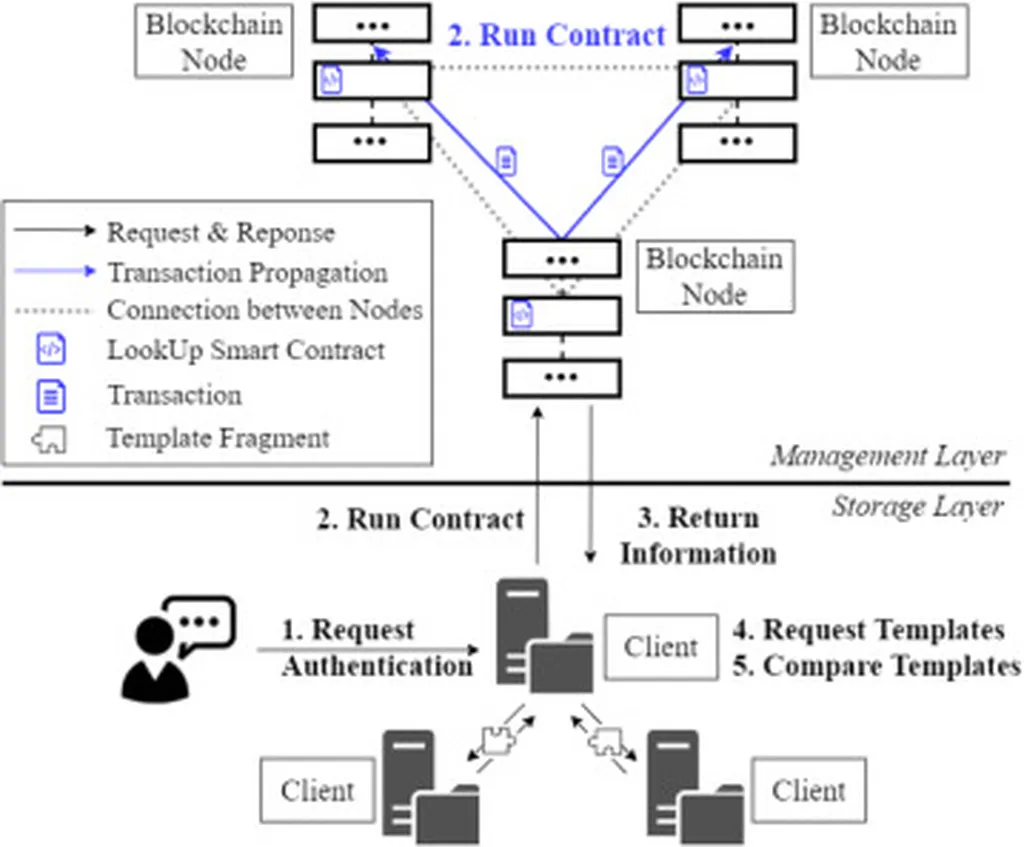In an era where digital transformation is reshaping industries, a groundbreaking study led by Bing Xu from the LIRA Centre at Lancaster University in the United Kingdom is poised to revolutionize border control systems. Published in the journal *Frontiers in Blockchain* (which translates to *Frontiers in Blockchain* in English), the research introduces a biometric blockchain-based e-passport system designed to enhance the operational efficiency of automated border control (ABC) systems. This innovation could have significant commercial impacts, particularly in sectors requiring high-security and efficient identity verification processes, such as the energy sector.
The study leverages the power of blockchain technology to create a decentralized autonomous organization (DAO)-inspired framework for border control. This framework uses atomic smart contracts to execute identity verification and management tasks, recorded immutably on the blockchain. “Our system incorporates biometric authentication and decentralized identity features to digitize border documentation and automate verification processes,” explains Xu. “This creates a secure, verifiable digital representation of an individual’s identity that can interact seamlessly with ABC workflows.”
The implications of this research extend beyond border control. In an increasingly interconnected world, where concepts like the metaverse and digital twins are gaining traction, the ability to securely and efficiently verify identities is paramount. The energy sector, for instance, could benefit from such a system to ensure secure access to critical infrastructure and facilities. “The potential applications are vast,” says Xu. “From enhancing security in high-stakes environments to streamlining processes in industries that require stringent identity verification, our system offers a robust solution.”
Performance evaluations conducted using Hyperledger Caliper have shown a 3.5-fold improvement in processing efficiency compared to traditional ABC setups. This significant enhancement underscores the potential of the proposed system to transform border control and other high-security applications. As the world continues to embrace digital transformation, the integration of biometric blockchain technology could pave the way for more secure, efficient, and decentralized systems across various industries.
The research published in *Frontiers in Blockchain* not only highlights the current capabilities of blockchain technology but also sets the stage for future developments. As Xu notes, “This is just the beginning. The integration of biometric blockchain technology has the potential to redefine how we approach identity verification and management in the digital age.” The study’s findings could inspire further innovation in the field, driving the development of more advanced and secure systems that meet the evolving needs of a digital world.

